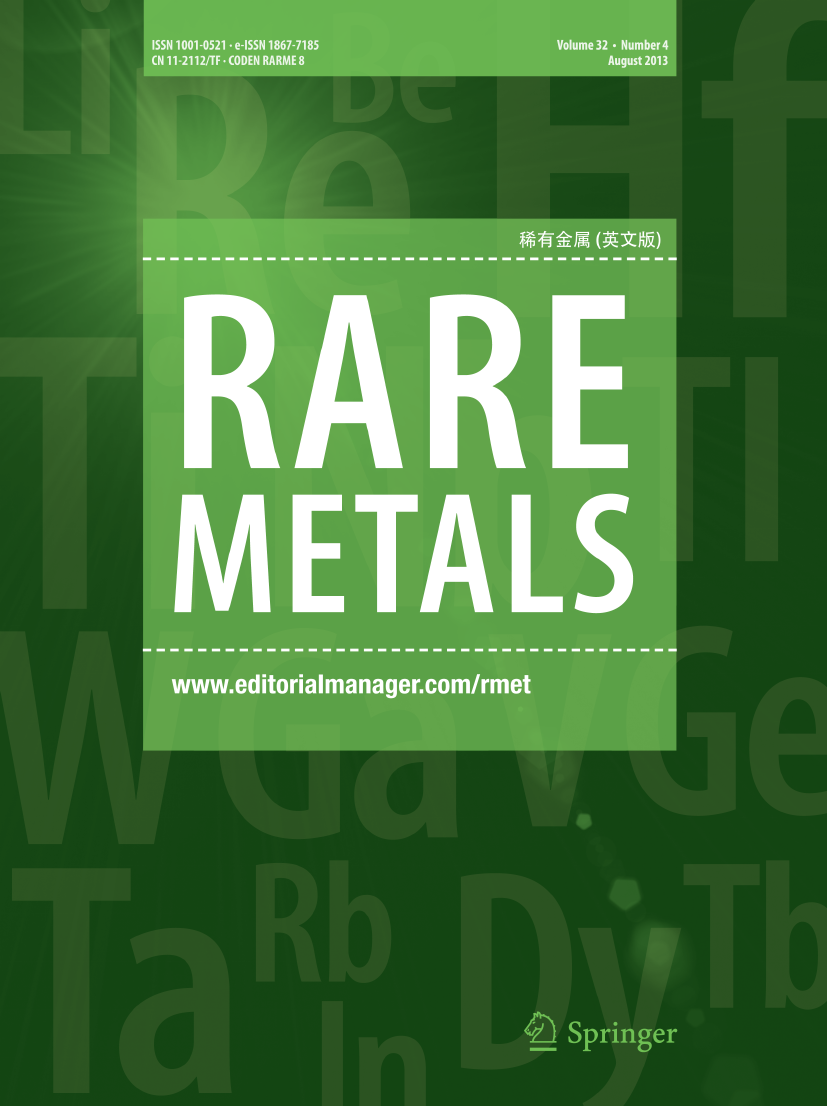Recent advances in MXene-based flexible pressure sensors for medical monitoring
Abstract
The emergence of two-dimensional nanomaterials, especially MXene, significantly overcomes the limitations of flexible pressure sensors regarding their sensing abilities, mechanical properties, and electromagnetic shielding effectiveness. This advancement underscores their great potential for use in wearable and medical monitoring devices. However, single-layer MXene is highly prone to oxidation when exposed to air and tends to stack between layers. Combining MXene with other functional materials to create heterojunction structures effectively addresses the stacking problem while also providing the resulting composites with excellent electrical conductivity, mechanical flexibility, and electromagnetic shielding capabilities, which are essential for enhancing sensor performance. This review systematically outlines various microstructural designs and improvement strategies aimed at boosting the sensing efficiency of different flexible pressure sensors based on MXene. It offers a comprehensive analysis of their significance in medical monitoring, anticipates future challenges and opportunities, and serves as an important reference for advancing precision and personalized approaches in medical monitoring.
Graphical Abstract

 求助内容:
求助内容: 应助结果提醒方式:
应助结果提醒方式:


